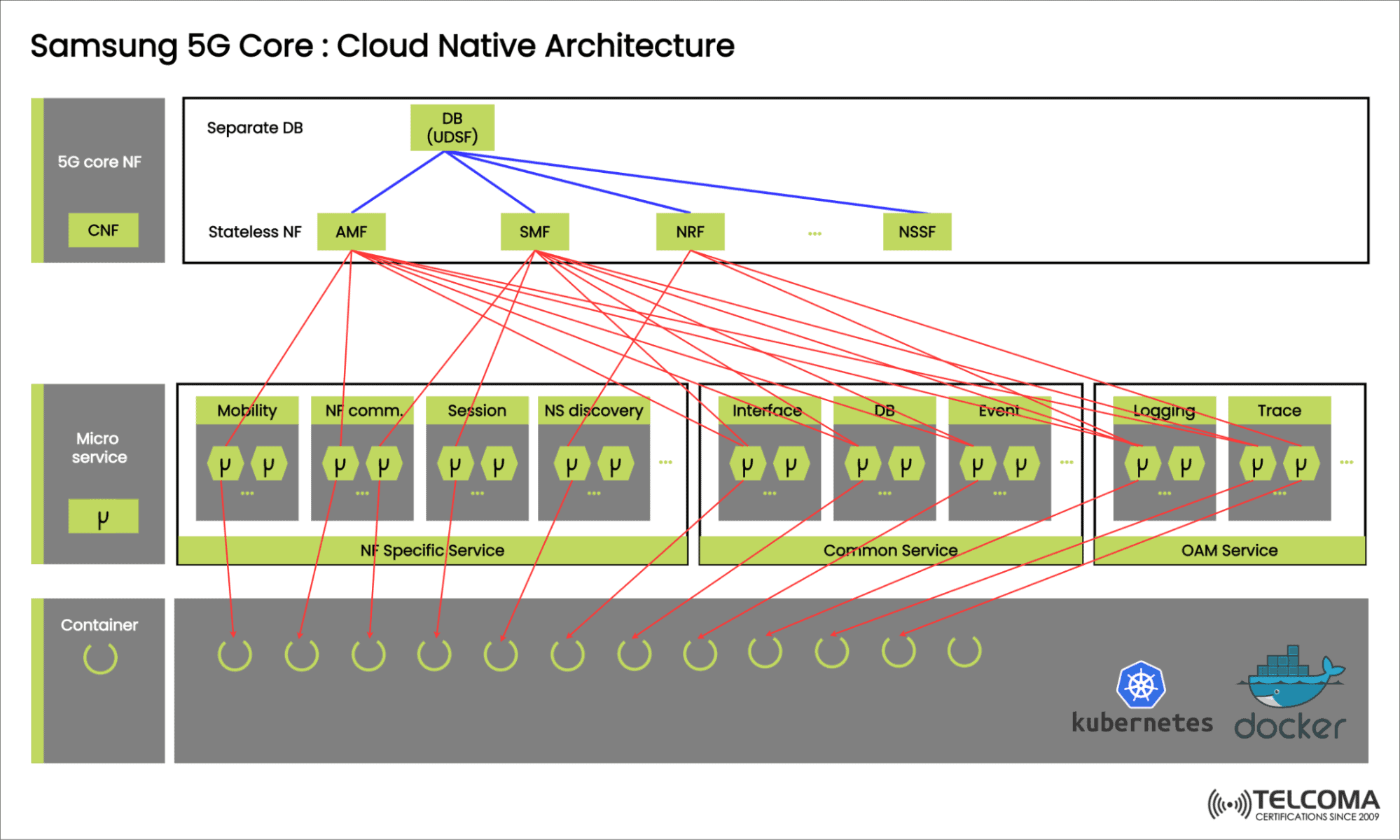Cloud Native Mobile Core Blueprint to 5G Innovation


Introduction:
The emergence of 5G technology has revolutionized the telecommunications industry, and cloud native mobile core blueprints have played a critical role in driving innovation. In this article, we will discuss the technical aspects of the cloud native mobile core blueprint and how it can enable 5G innovation.
What is a Cloud Native Mobile Core Blueprint?
A cloud native mobile core blueprint is a set of guidelines and best practices for designing and building mobile networks using cloud native technologies. Cloud native technologies are designed to be scalable, resilient, and flexible, making them an ideal choice for building mobile networks that can support the demands of 5G technology. The cloud native mobile core blueprint is based on the principles of microservices, containers, and orchestration.
Microservices:
Microservices are small, independent software components that perform a specific function within an application. Microservices are designed to be modular, which makes them easy to develop, deploy, and manage. Microservices can be updated or replaced independently, which makes it easier to maintain and scale the application.
Containers:
Containers are lightweight, portable units that can be used to package and deploy software applications. Containers are designed to be isolated from the underlying infrastructure, which makes them easy to move between different environments. Containers can be quickly and easily provisioned, which makes them an ideal choice for deploying applications in a cloud environment.
Orchestration:
Orchestration is the process of automating the deployment, scaling, and management of software applications. Orchestration tools enable developers to define the desired state of an application and then automatically deploy and manage the application to ensure that it stays in that state. Orchestration tools can also automatically scale applications up or down based on demand.
Benefits of Cloud Native Mobile Core Blueprint:
Scalability:
One of the primary benefits of the cloud native mobile core blueprint is scalability. Cloud native technologies are designed to be scalable, which means that they can easily handle increased demand without sacrificing performance. This is critical for 5G networks, which are expected to support millions of connected devices and high-bandwidth applications.
Flexibility:
Another benefit of the cloud native mobile core blueprint is flexibility. Cloud native technologies are designed to be flexible, which means that they can easily adapt to changes in the network environment. This is critical for 5G networks, which are expected to be highly dynamic and constantly changing.
Resilience:
The cloud native mobile core blueprint is designed to be resilient, which means that it can quickly recover from failures or outages. This is critical for 5G networks, which are expected to be highly reliable and available.
Cost Reduction:
The cloud native mobile core blueprint can also help reduce costs. Cloud native technologies are designed to be efficient, which means that they can run on less hardware than traditional applications. This can reduce capital and operational expenses for network operators.
Innovation:
Finally, the cloud native mobile core blueprint can enable innovation. Cloud native technologies enable developers to quickly and easily experiment with new features and services, which can drive innovation in the telecommunications industry.
Challenges of Cloud Native Mobile Core Blueprint:
While the cloud native mobile core blueprint offers several benefits, it also presents some challenges. One of the primary challenges is the need for specialized skills and expertise. Cloud native technologies require a different set of skills than traditional network technologies, which can be difficult to acquire.
Another challenge is the need for new tools and infrastructure. Cloud native technologies require specialized tools and infrastructure, such as container orchestration platforms and cloud providers, which can be expensive to implement and maintain.
Finally, the cloud native mobile core blueprint requires careful planning and execution. The transition to cloud native technologies is not a simple process and requires careful planning and execution to ensure a successful transition.
Conclusion:
The cloud native mobile core blueprint is a set of guidelines and best practices for designing and building mobile networks using cloud native technologies. It offers several benefits, including scalability, flexibility, resilience, cost reduction, and innovation. However, it also presents some challenges, including the need for specialized skills and expertise, new tools and infrastructure, and careful planning and execution.
Despite these challenges, the time to adopt the cloud native mobile core blueprint is now. The emergence of 5G technology and the growing demand for high-bandwidth applications require a new approach to building mobile networks. Cloud native technologies are designed to meet these demands and provide the scalability, flexibility, and resilience required for 5G networks.
By adopting the cloud native mobile core blueprint, network operators can reduce costs, drive innovation, and deliver a better user experience. They can also stay ahead of the competition and meet the demands of the rapidly evolving telecommunications industry.
In conclusion, the cloud native mobile core blueprint is a critical component of 5G innovation, and the time to adopt it is now. While there are challenges to overcome, the benefits outweigh the risks, and network operators who embrace cloud native technologies will be well-positioned for success in the future.
